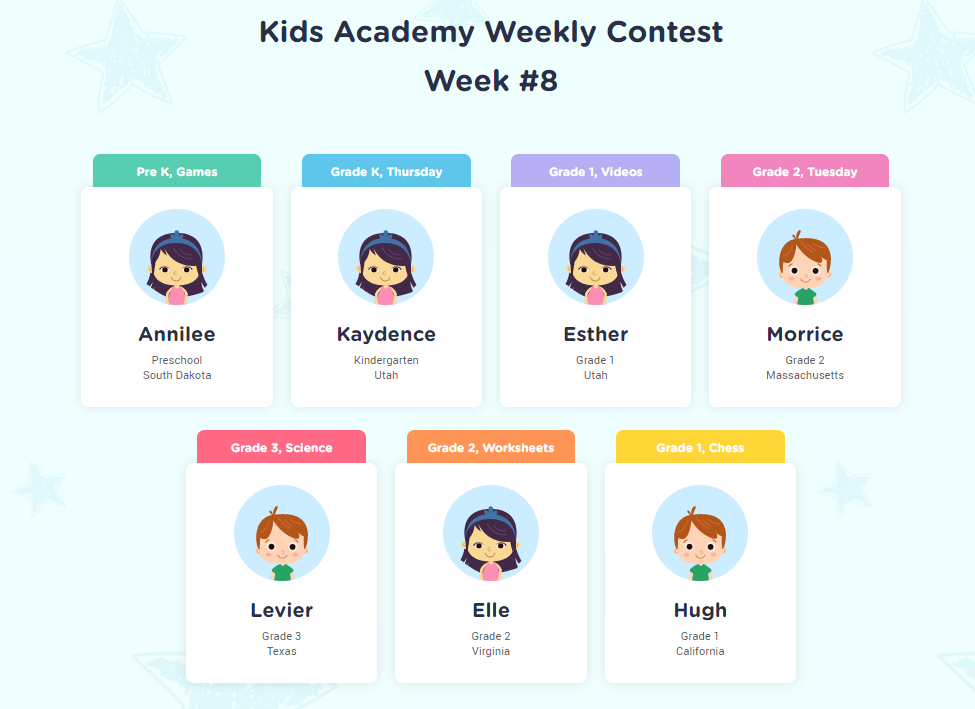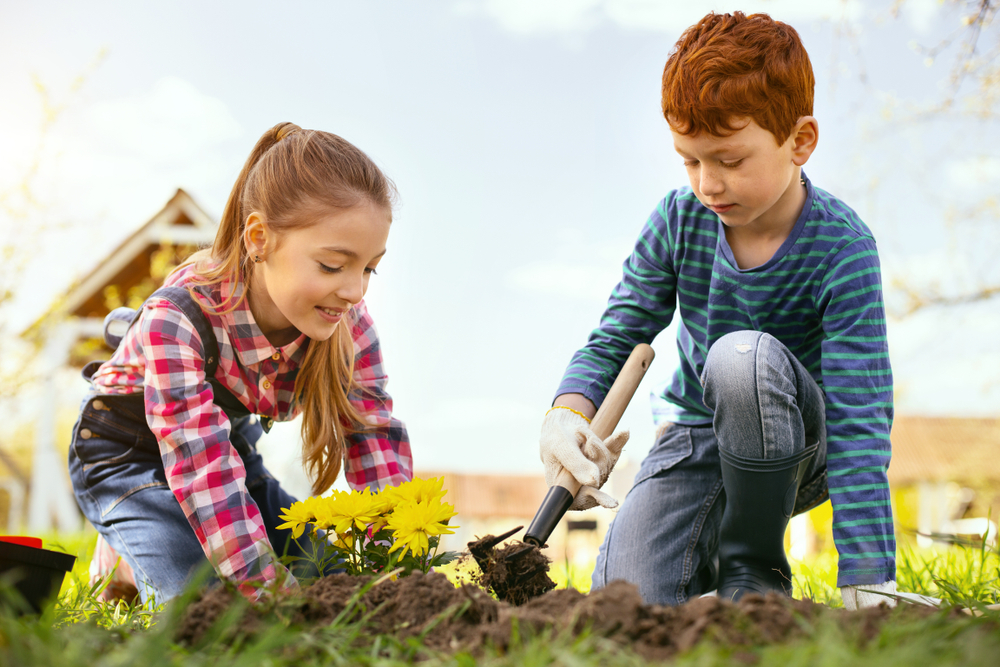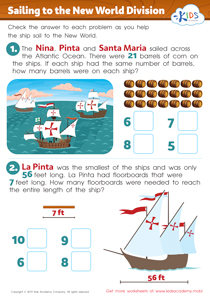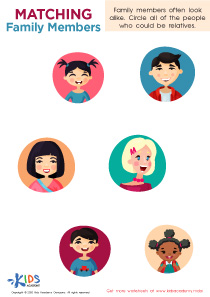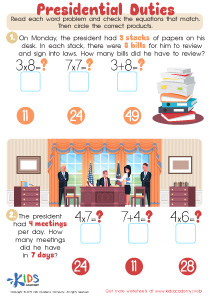Understanding communities Social Studies Worksheets for Ages 6-8
4 filtered results
-
From - To
Discover "Understanding Communities Social Studies Worksheets" tailored for children aged 6-8. Our engaging and educational worksheets help kids explore the concept of community, teaching them about various roles, responsibilities, and the importance of working together. Through fun activities and vibrant illustrations, children will learn to recognize different community helpers, public places, and the significance of citizenship. Perfect for early learners, these worksheets foster critical thinking and social skills, enhancing young minds with valuable knowledge about their surroundings. Ideal for classrooms or home learning, our comprehensive resources make understanding communities an enjoyable experience for kids.
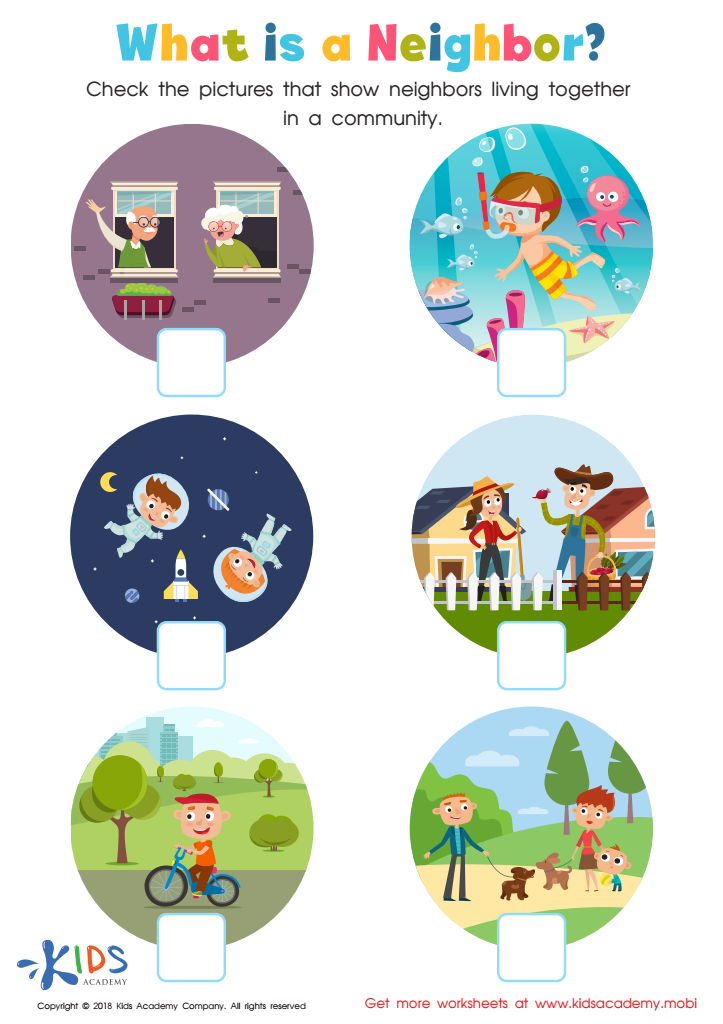

What is a neighbor Worksheet
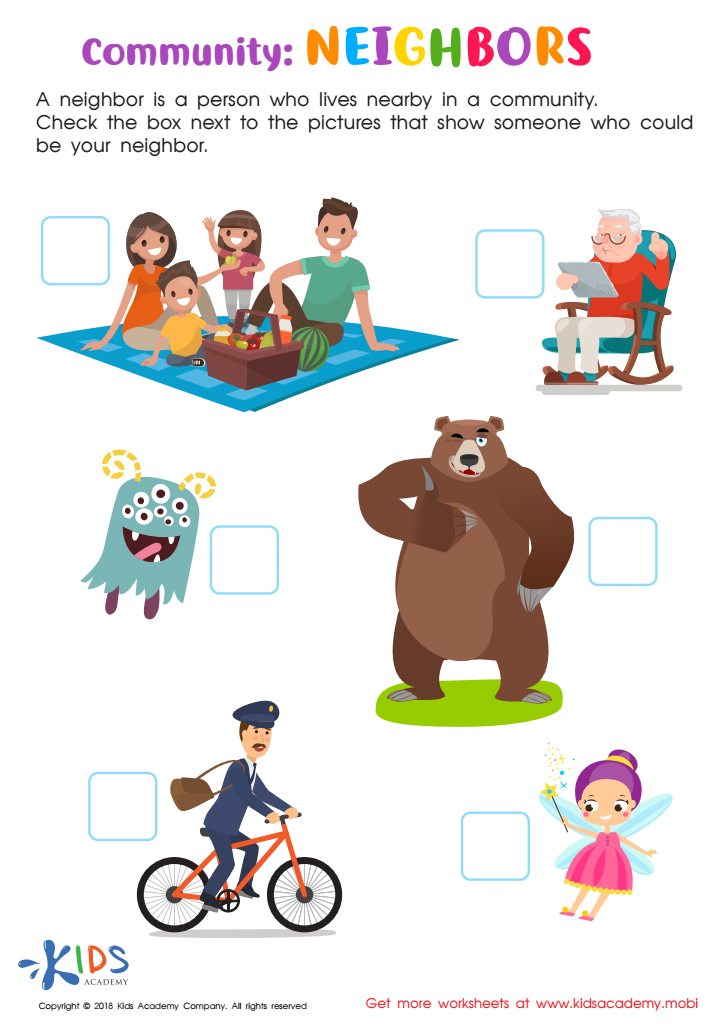

Community: Neighbors Worksheet


Communities We Belong to Worksheet
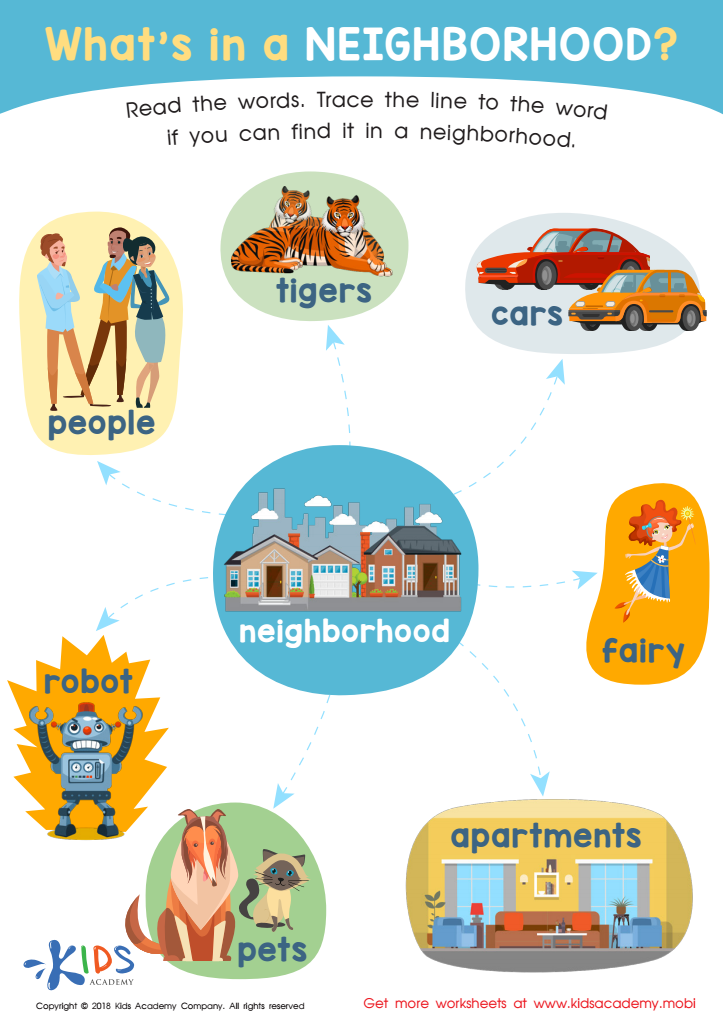

What's in a Neighborhood? Worksheet
Understanding communities is a critical component of social studies education for children ages 6-8, and parents and teachers should value its importance. During these formative years, children begin to grasp the broader world beyond their immediate family and home environment. Teaching them about communities helps to build their sense of belonging and identity. It enables them to understand the diversity and commonality among people, fostering empathy, respect, and collaboration from a young age.
Learning about communities helps children recognize various roles people play, such as doctors, firefighters, and teachers, thereby promoting an appreciation for different professions and the importance of each in societal functioning. This awareness can inspire them to think about their futures and the impact they wish to make in their communities.
Moreover, these social studies lessons lay the foundation for civic responsibility. By understanding how communities operate, children begin to grasp the concepts of rules, laws, and shared responsibilities, which are crucial for active citizenship.
Teaching children about their local neighborhoods, various cultural customs, and community resources equips them with the knowledge to navigate and contribute positively to their ever-changing world. In a nutshell, understanding communities endows children with essential life skills and promotes social cohesion, making it an indispensable part of early education.
 Assign to My Students
Assign to My Students




